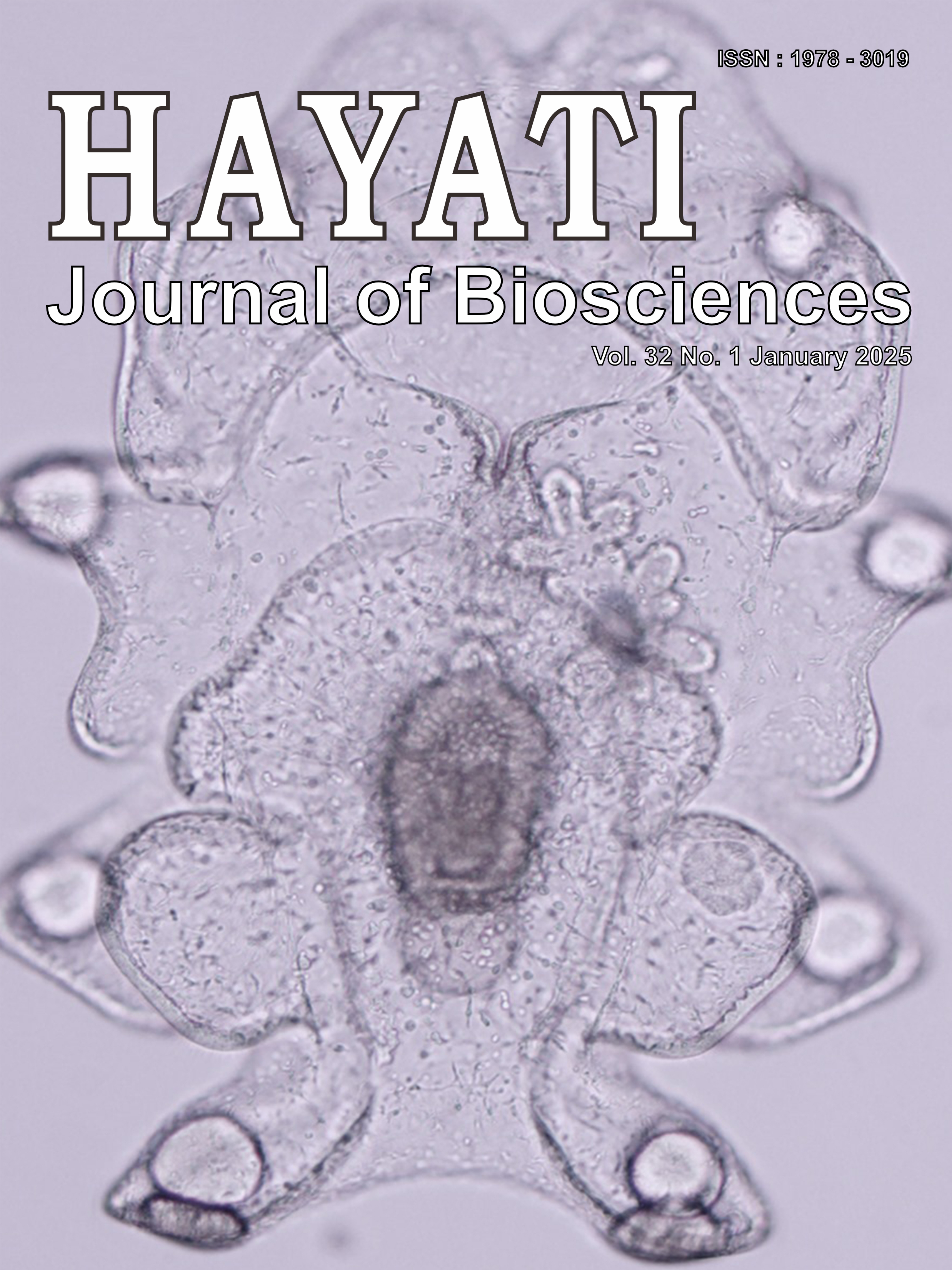Evaluation of Antibacterial and Antibiofilm Effects from Soil Streptomyces spp. against Multidrug-Resistant Bacteria
Abstract
The global increase in multidrug-resistant (MDR) bacterial infection has rapidly gained concern globally. This study aimed to investigate antibacterial and antibiofilm potential of 25 soil actinomycete strains against MDR strains including Escherichia coli strain M4, Pseudomonas aeruginosa strain M19, Klebsiella pneumoniae strain M19, Bacillus subtilis strain M18, and Methicillin Resistant Staphylococcus aureus (MRSA). In this study, three actinomycete isolates encoded APM-7, APM-11, and APM-21 showed a strong and broad antibacterial spectrum. The minimum inhibitory concentration (MIC) of extracts derived from these isolates was ranged from 78 μg/ml to 10,000 μg/ml. In addition, The extracts also displayed significant biofilm inhibition values ranging from 6.06 to 72.4%. Based on the results, APM-21 extract had the best antibacterial and antibiofilm activities with the strongest values against MRSA. According to the nucleotide sequencing of the 16S rRNA gene, APM-7, APM-11, and APM-21 strains possessed similar identities with Streptomyces cyaneus, Streptomyces coerulescens, and Streptomyces panayensis, respectively. Based on Liquid Chromatography Tandem-Mass Spectrometry (LC-MS/MS) analysis, two antibacterial compounds, namely rancimanycin III, and enteromycin were detected in all those three extracts. Interestingly, APM-21 extract also contained two prominent antibacterial substances including paramagnetoquinone C, and caerulomycin I, suggesting their contribution to the most potential activities. Moreover, new insights were provided into a promising candidate for use in an active compound combating strategy to control MDR bacterial strain infection.
Downloads
Copyright (c) 2025 Muhammad Eka Prastya, Sumihartati Simbolon, Jepri Agung Priyanto, La Ode Abdul Fajar Hasidu, Vera Permatasari, Gian Primahana, Rizna Triana Dewi, Rhesi Kristiana, Erma Suryanti

This work is licensed under a Creative Commons Attribution-NonCommercial 4.0 International License.
HAYATI J Biosci is an open access journal and the article's license is CC-BY-NC. This license lets others distribute, remix, tweak, and build upon author's work, as long as they credit the original creation. Authors retain copyright and grant the journal/publisher non exclusive publishing rights with the work simultaneously licensed under a https://creativecommons.org/

























.png) IPB University
IPB University Department of Biology
Department of Biology The Indonesian Biological Society
The Indonesian Biological Society 

